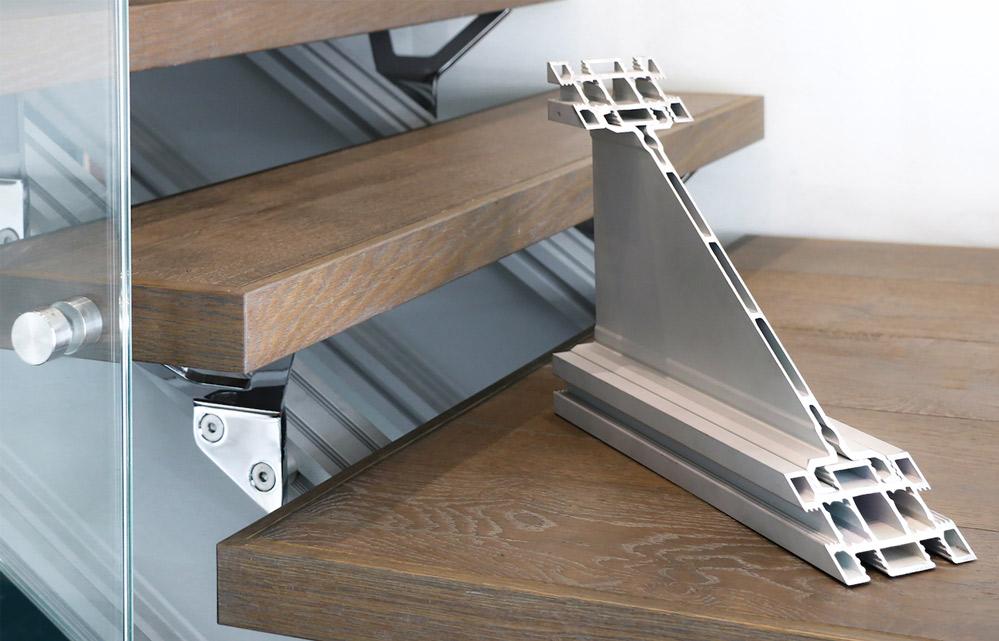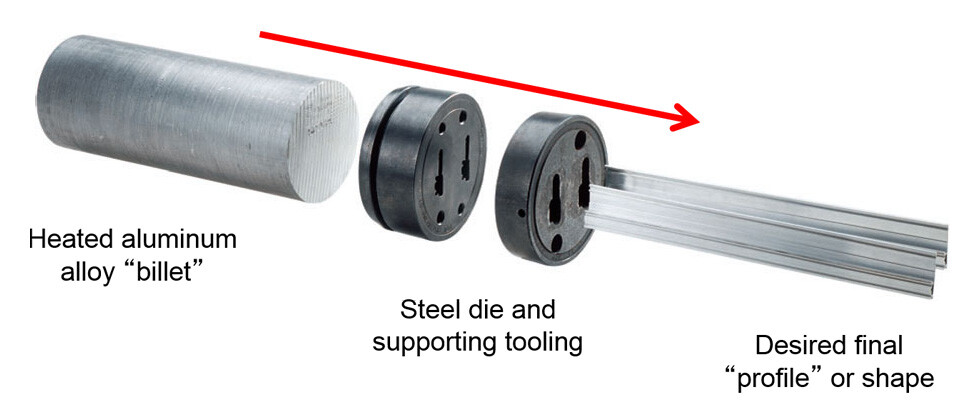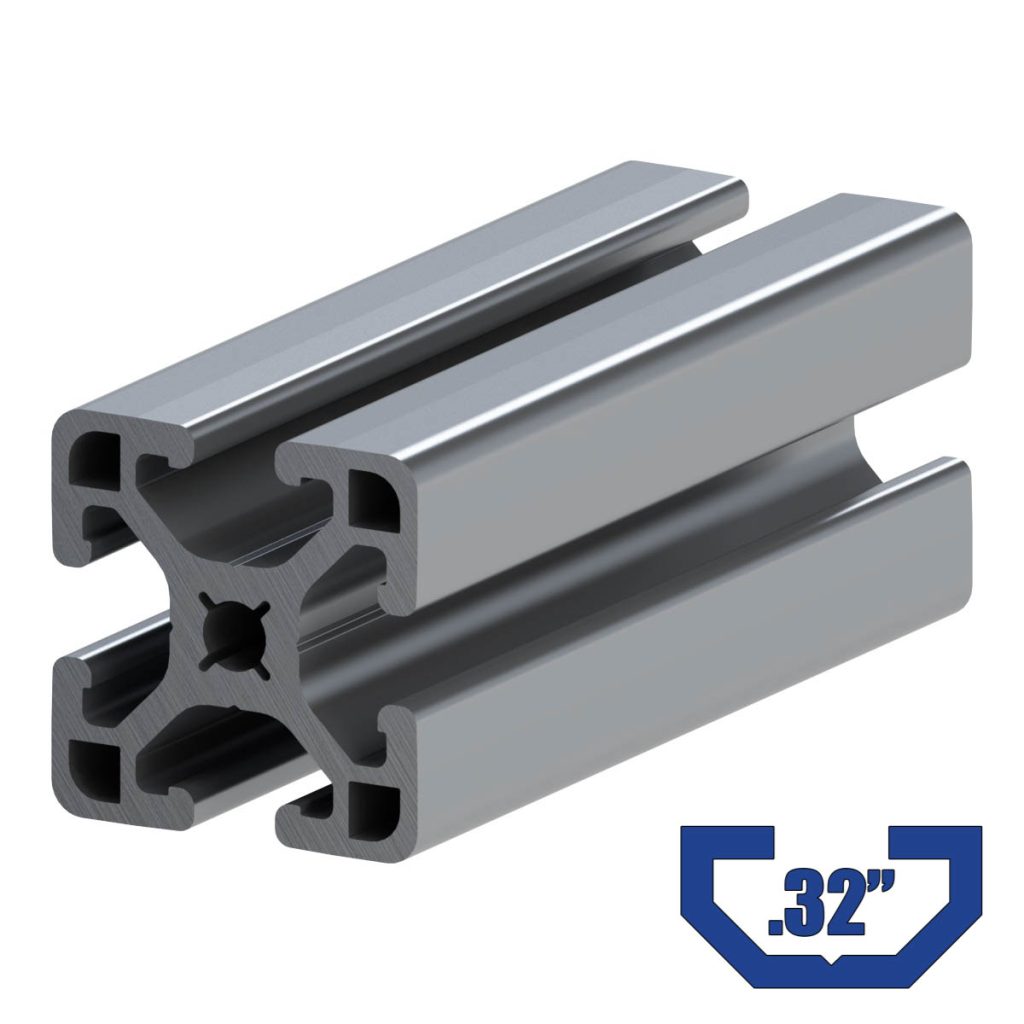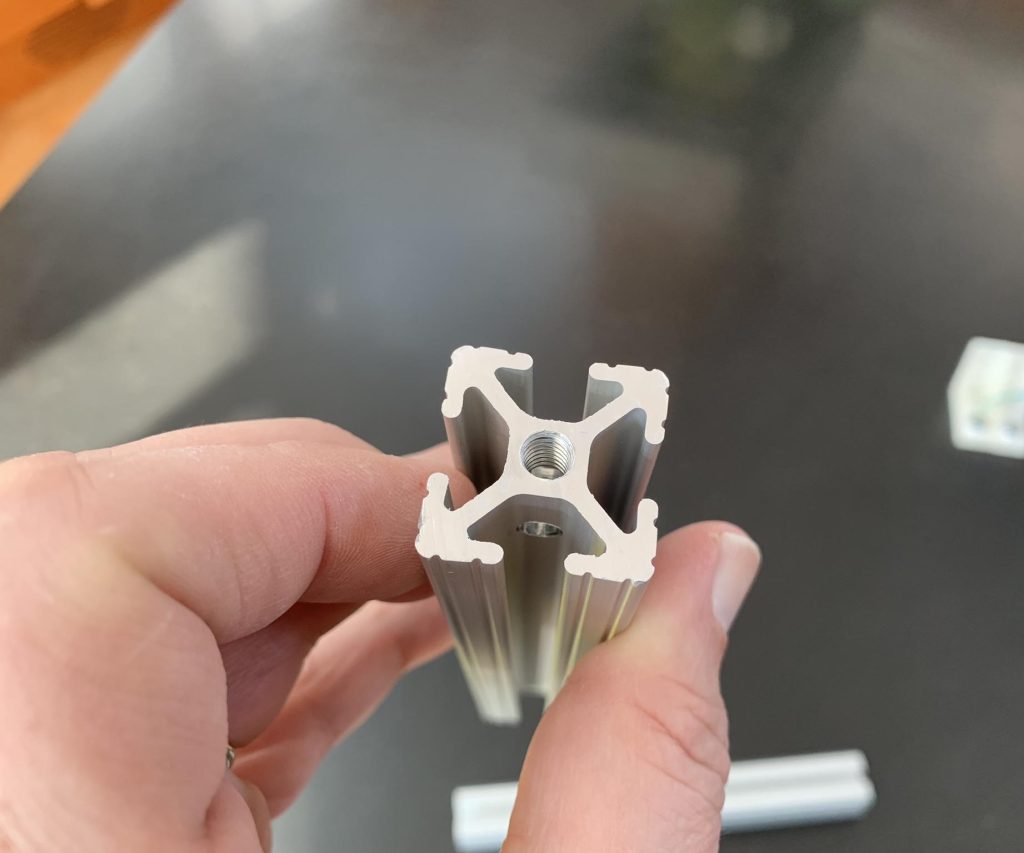Table of Contents
- Freequently Asked Questions
- What is a custom aluminum extrusion?
- What are the benefits of using custom aluminum extrusions?
- What factors should be considered when designing custom aluminum extrusions?
- What are some common applications for custom aluminum extrusions?
- What are some of the challenges associated with making custom aluminum extrusions?
Are you looking to add a personal touch to your next project? Making a custom aluminum extrusion might be just what you need! This process allows you to create unique shapes and sizes of aluminum profiles that can be used for a variety of applications. Whether you’re a DIY enthusiast, a product designer, or a manufacturer, learning how to make a custom aluminum extrusion can be a valuable skill to have.
In this article, we’ll take you through the steps involved in making a custom aluminum extrusion. We’ll cover everything you need to know, from choosing the right aluminum alloy to designing the extrusion profile and working with a manufacturer. So, whether you’re looking to create a one-of-a-kind product or improve your manufacturing process, read on to learn how to make a custom aluminum extrusion.
- Design your custom shape using CAD software.
- Choose the appropriate aluminum alloy for your extrusion.
- Select a die manufacturer and have them create a die according to your design.
- Prepare the aluminum billet for extrusion by heating it to the appropriate temperature.
- Extrude the aluminum through the die using a hydraulic press.
- Cut the extrusion to your desired length and finish it as needed.
How to Make a Custom Aluminum Extrusion?
Aluminum extrusions are a popular choice for modern construction projects because they are lightweight, durable, and customizable. With a custom aluminum extrusion, you can create a unique shape or design that meets your specific needs. In this article, we will discuss how to make a custom aluminum extrusion.
Step 1: Designing your Extrusion
The first step in making a custom aluminum extrusion is to design the shape or profile that you want. You can use computer-aided design (CAD) software to create a 2D or 3D model of your extrusion. This model will be used to create a die, which is a tool used to shape the aluminum into your desired shape.
Once you have your design, you will need to consider the wall thickness and tolerances of your extrusion. These factors will affect the strength and accuracy of your final product. You should consult with an experienced extrusion manufacturer to ensure that your design is feasible and meets your requirements.
Step 2: Extrusion Process
The extrusion process starts with an aluminum billet, which is a solid block of aluminum. The billet is heated to a specific temperature and then loaded into the extrusion press. The press applies pressure to the billet, forcing it through the die and shaping it into your desired profile.
During the extrusion process, the aluminum is also cooled to prevent warping or deformation. After the extrusion is complete, it is cut to the desired length and can be further processed or finished.
Step 3: Finishing and Fabrication
After the extrusion process, your custom aluminum profile may require additional finishing or fabrication. This can include cutting, drilling, bending, or welding. These processes can be performed by the extrusion manufacturer or by a third-party fabricator.
Depending on your application, you may also want to consider surface treatments or coatings for your extrusion. Anodizing, powder coating, or painting can provide additional protection or aesthetic appeal.
Benefits of Custom Aluminum Extrusions
Custom aluminum extrusions offer several benefits over standard extrusions or other materials. Here are a few advantages:
- Customization: With aluminum extrusions, you can create a unique shape or profile that meets your specific needs.
- Strength and Durability: Aluminum is a strong and durable material that can withstand harsh environments and heavy loads.
- Lightweight: Aluminum is lighter than many other materials, making it easier to transport and install.
- Easy to Fabricate: Aluminum extrusions can be easily cut, drilled, and shaped to meet your exact specifications.
Aluminum Extrusions vs. Other Materials
Aluminum extrusions offer several advantages over other materials commonly used in construction or manufacturing. Here are a few comparisons:
| Material | Advantages | Disadvantages |
|---|---|---|
| Steel | Strong and durable | Heavy and prone to rusting |
| Plastic | Lightweight and affordable | Less durable and prone to warping |
| Wood | Natural and aesthetically pleasing | Less durable and prone to rotting or pest damage |
In conclusion, custom aluminum extrusions offer a versatile and customizable solution for modern construction and manufacturing projects. By following the steps outlined in this article, you can create a unique and durable aluminum profile that meets your specific requirements.
Freequently Asked Questions
Here are some frequently asked questions about making custom aluminum extrusions.
What is a custom aluminum extrusion?
A custom aluminum extrusion is a manufacturing process that involves shaping aluminum into a specific cross-sectional shape. The process begins with a cylindrical billet of aluminum, which is heated to a specific temperature and then forced through a die to create the desired shape. The resulting shape can be used in a wide range of applications, from building construction to automotive parts.
Custom aluminum extrusions can be made in a variety of shapes and sizes, depending on the requirements of the project. The extrusion process allows for a high degree of precision and control, making it possible to create complex shapes that would be difficult or impossible to achieve using other manufacturing methods.
What are the benefits of using custom aluminum extrusions?
There are many benefits to using custom aluminum extrusions in manufacturing. One of the main advantages is that aluminum is a lightweight and durable material that is resistant to corrosion and rust. This makes it ideal for use in outdoor applications, such as building facades, window frames, and automotive parts.
Custom aluminum extrusions can also be designed to be highly efficient in terms of energy consumption. By creating shapes that reduce weight and increase surface area, it is possible to create parts that are more energy efficient and have a lower carbon footprint. Finally, custom aluminum extrusions are highly customizable, making it possible to create parts that meet specific design requirements and specifications.
What factors should be considered when designing custom aluminum extrusions?
When designing custom aluminum extrusions, there are several factors that should be considered. These include the intended use of the part, the required strength and durability, and the overall aesthetics of the design. Other important considerations include the cost of production, the complexity of the design, and the availability of raw materials.
It is also important to consider the manufacturing process itself when designing custom aluminum extrusions. The extrusion process involves heating and shaping the aluminum, which can affect the material properties and final product characteristics. By carefully considering all of these factors, it is possible to create a custom extrusion that meets the needs of the project while remaining cost-effective and efficient.
What are some common applications for custom aluminum extrusions?
Custom aluminum extrusions are used in a wide range of applications, from building construction to automotive parts. Some common applications include window frames, door frames, curtain walls, and building facades. In the automotive industry, custom aluminum extrusions are used to create parts such as engine blocks, suspension components, and body panels.
Other applications for custom aluminum extrusions include lighting fixtures, furniture, and even consumer electronics. The versatility and durability of aluminum make it an ideal material for a wide range of applications, and the ability to create custom extrusions allows for a high degree of design flexibility and customization.
What are some of the challenges associated with making custom aluminum extrusions?
While the extrusion process is highly precise and efficient, there are still some challenges associated with making custom aluminum extrusions. One of the main challenges is ensuring that the resulting shape is consistent and free from defects. This requires careful control of the extrusion process, as well as regular quality checks to ensure that the final product meets specifications.
Another challenge is the cost of production. Custom aluminum extrusions can be more expensive than off-the-shelf parts, due to the cost of tooling and the additional processing required. Finally, designing custom aluminum extrusions requires a high degree of technical expertise and experience, as well as a thorough understanding of the properties and behavior of aluminum as a material.
In conclusion, making a custom aluminum extrusion is no longer a complicated task that requires a lot of technical knowledge. With the right tools and a bit of patience, anyone can create their own custom extrusions to suit their specific needs.
Whether you’re a DIY enthusiast looking to expand your skills or a professional in need of custom extrusions for your projects, the process is straightforward and can be done with minimal investment.
So, if you’re looking to take your aluminum extrusion game to the next level, why not give it a try? With a little bit of effort and practice, you’ll be able to create high-quality custom extrusions that will exceed your expectations.
Request a quote today!
[contact-form-7 id="1578" title="Contact form"]
Please compress the file into a ZIP or RAR file before uploading. Alternatively, send through your RFQ by email.
enquires@unitymanufacture.com





